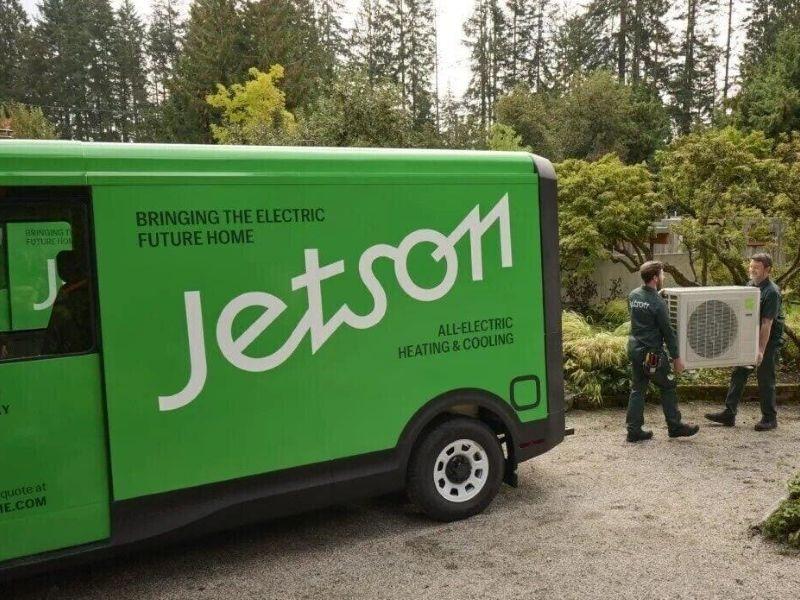
Calgary-based Cellex Energy Inc. is anticipating a future in which zinc batteries are pivotal to the energy storage sector, a belief cemented by its membership in the Zinc Battery Initiative (ZBI).
The energy storage business division of Exro Technologies Inc. (EXRO-T) believes zinc will be “a very important part of the battery supply chain over time,” incentivizing it to work with zinc battery chemistry companies, John Meekison, the general manager of Cellex, told Sustainable Biz Canada.
Compared to lithium, a common critical mineral for electric vehicle (EV) and energy storage batteries, zinc is more abundant. Expectations are for lithium supplies to be constrained due to high demand, so zinc could help bridge the gap.
The ZBI is a project of the International Zinc Association, a zinc industry group based in Durham, N.C. Cellex is joining Canadian peers such as e-Zinc, Salient Energy and Abound Energy within the initiative.
Since the formation of Cellex in late June, the company’s executives told Sustainable Biz Canada about the state of the products it is developing, challenges it faces, and solutions it aims to bring to the zinc battery industry.
Cellex's two products
Cellex was formed when Exro, which manufactures power electronics for EVs, examined applying the principles from that sector into energy storage, Meekison said. The curiosity led to research around controlling batteries at the cell level - the energy containers that are arrayed into a battery.
Its efforts resulted in a power control system called FlexPAC which manages battery operations.
Interacting with such precision means thermal runaway events that can spark a battery fire are flagged and the affected cell(s) can be shut down. Power is then routed to other cells which keeps the battery running.
The finer degree of management means the owner can adjust for environmental factors such as heat, extending the battery’s uptime and longevity, Meekison explained. He was unable to provide a specific figure for battery life extension in confidence, as its field use has been limited so far.
Another product is a battery energy storage system named Cell Driver. It is described as “a showpiece for all of the technologies we’ve developed” by Livio Filice, Cellex's senior vice-president of global sales of stationary storage.
Integrating lithium-ion batteries and Exro's Battery Control System, a base Cell Driver has up to 90 kilowatts or 192 kilowatt-hours of energy storage – approximately two hours of power.
The first in-field Canadian unit is installed at Red Deer Polytechnic in Alberta, alongside a 1.6-megawatt rooftop solar system and a one-megawatt combined heat and power unit. In the U.S., 10 units are being piloted in California and Massachusetts with an energy-as-a-service company. Filice siad Cell Drivers are being installed at a Denny’s restaurant in Northern California and a Dunkin’ Donuts in Massachusetts.
Commercializing and commissioning Cell Driver is a focus for Cellex, Meekison said, and to sell it to the building energy management, solar and EV charging markets. Expectations are to deploy thousands of Cell Drivers in coming years in commercial, industrial, high-end residential and utility sectors.
FlexPAC is pivoting to a licensing model which would embed the technology with batteries from various companies and involve collaboration with the integrators such as Siemens or Schneider Electric. “Really, what we want to do is just scale with some of these larger partners,” Meekinson said.
As it works toward commercialization, Cellex is also intrigued by the potential of zinc batteries.
Finding zinc battery applications
Zinc batteries have been proposed as an alternative to the more common lithium-based products. With global demand for lithium skyrocketing, supplies of the metal are expected to reach a deficit of 300,000 tons of lithium carbonate equivalent by 2030, Benchmark Mineral Intelligence forecasted.
By contrast, zinc supplies are more plentiful, globalized and a quarter of its supply is from recycled sources, Josef Daniel-Ivad, the Toronto-based head of the ZBI, told Sustainable Biz Canada. In an email exchange, a ZBI spokesperson referenced research from consultancy McKinsey & Company forecasting the global refined zinc market will grow by 1.1 to 1.4 per cent in the coming years.
Research cited by the ZBI expects zinc consumption in battery storage to rise by over 14 times from 2023 to 2030 – from 3,000 tonnes to 43,000 tonnes.
Daniel-Ivad noted zinc batteries are less likely to cause fires than lithium counterparts, relating to Cellex’s focus on safer battery systems.
But zinc has less energy density than lithium so the batteries are heavier, he said. This limitation means zinc batteries are not ideal for transportation, but a strong choice for stationary applications in the utility, commercial and industrial markets, Filice explained.
Cellex's goal with the ZBI, Meekison said, is to "really want to establish how our technology can overlay and assist and work with evolving battery chemistry technologies.”
The company plans to integrate its product lines such as FlexPAC with emerging zinc battery technology companies, according to Filice.
More of Cellex’s products will be unveiled over the coming months, such as an energy meter to assess the flow of energy that helps companies better understand how power is managed between electricity generation and energy storage, Meekison said.










